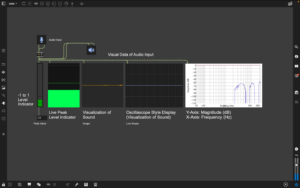Interviewee introduction:
On March 14, I interviewed Marvin, a friend of mine who took a meditation class with me in China and is now studying in Edinburgh. Here are highlights from our interview.
Key Themes:
Breath Awareness: Easier to notice breathing during meditation; the pandemic has had no impact on the Marvin’s breathing habits.
Breath & Emotion: Breathing patterns are closely related to emotions—steady breathing represents calmness, while rapid breathing occurs during stress or exercise.
Physical Sensation of Breathing: Deep breathing expands the chest cavity and makes airflow feel tighter, while shallow breathing is the natural state.
Visualization of Breathing: Feels like fog, with resistance, containing tiny airborne particles like dust and floral scents.
Color & Relaxation: White and green create a sense of relaxation, while black and neon colors induce tension.
Sound & Breathing: Environmental sounds can influence breathing rhythms, such as calming bookstore music versus fast-paced tracks that create tension.
Sound of Breathing: Preference for gentle music, such as vinyl records and blues.
Design Directions:
Visual Representation
Breathing pattern: Respondents compared breathing to ‘fog’, with fluidity and slight resistance, may use particle animation , cloud effect performance, we can use soft colors such as the white, the blue , and use gradient light effects to make the change of breathing more intuitive.
Sound Design
Use ambient sounds, low-frequency resonances, soft rhythms to stabilize breathing, and soft white noise or nature sounds to enhance immersion
Interaction Experience
Breathing Visualization Feedback: As the user adjusts their breathing, the on-screen breath visualization could become clearer or more diffuse.

